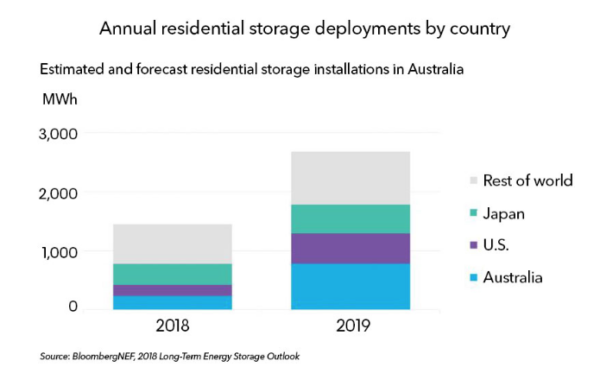Mate, the 'bridge too far' is the political aspect, it simply can't be brushed aside, it is the start, middle and end of the matter at the moment, and I can't see it will change anytime soon.
Currently there is a parliamentary inquiry into the
'Prerequisites for Nuclear Energy in Australia', see below:
Standing Committee on the Environment and Energy – Parliament of Australia
We'll just have to wait and see what the result is, but reckon I could just about bet my left nut that it will be a dissenting report, there are five LNP members, two ALP members and independent Zali Steggall on the committee.
The five LNP members will probably come out with a 'cautiously needs more investigation' finding, and be slightly positive, the ALP members will be a big fat no/negative (as is ALP policy), and from what I understand Steggall is not 'pro nuclear'. Basically the result will end up along party lines.
The last real inquiry/review into Nuclear in Australia was back in 2006, 13 years ago, it was chaired by Ziggy Switkowski, some recent press regarding him and his opinion of the current 2019 inquiry:
Australia should repeal nuclear ban, inquiry told - World Nuclear News
Here is something else worth a read too:
Nuclear power in Australia - Wikipedia
The opinion poll stats are interesting (not recent stats, but probably still fairly representative of the electorate), the breakdown along support for political parties is pretty predictable:
* ALP - for 30% - oppose 66% - don't know 4%
* LNP - for 59% - oppose 34% - don't know 7%
* Green - for 22% - oppose 78% - don't know 0%
Voters for the ALP and LNP are basically mirror reverse of each other, ALP two-thirds against and one-third for, LNP two-thirds for and one-third against, the Greens voters are much more fixed in their views will nearly 80% against.
So what does that tell us?
There will be no bipartisan support for SSNs (as opposed to Defence policy generally) unless the ALP shifts its position on all things Nuclear, as it stands at the moment, it has little to gain and a hell a lot to loose (in a political sense), if it changed its position to a more 'pro Nuclear policy', I would easily imagine that a reasonable chunk of the 'left of the ALP' would drift even further to the left and end up at the Greens.
Anyway, I'm not against debating SSNs for the RAN, but it really is a waste of time until there is broad support firstly for an Australian Nuclear Industry, and that is something that I don't think I'll see in my lifetime!
Cheers,


